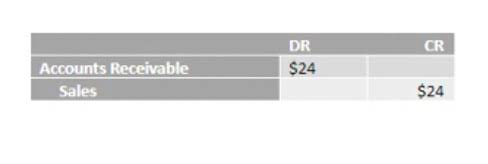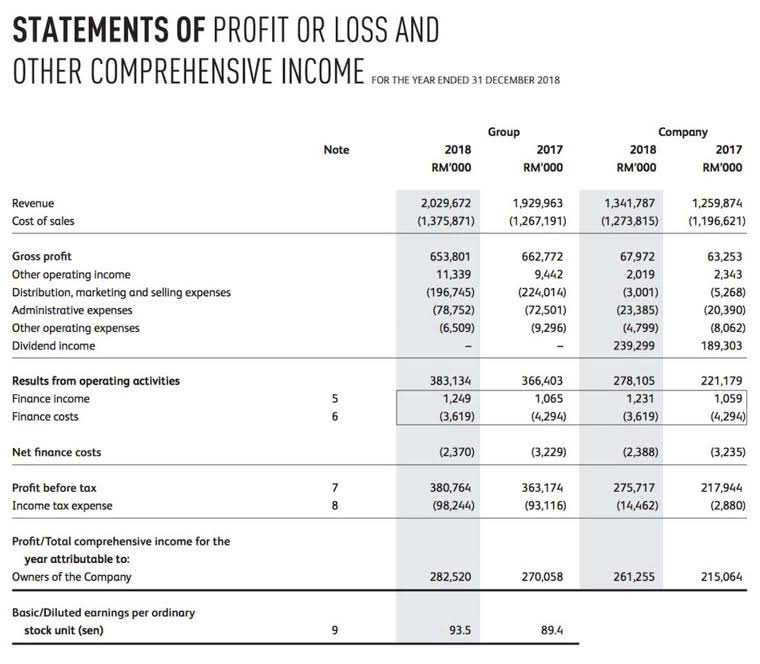
From social security benefits to paychecks, ACH transfers have become one of the most reliable ways to move money. Plus, new innovations in the field, like same-day ACH, are making ACH more accessible and convenient. If you’ve ever scheduled bill payments online or through mobile banking, you’ve used ACH payments. When you schedule a bill payment, you’re authorizing your bank to credit the biller with funds from your account. The ACH network moves the money out of your account ACH transfer and into the biller’s account. It’s the means by which trillions of dollars move between bank accounts each year.

Drawbacks of ACH payments
- Most fees are typically less than 2% of the total transfer or a fixed amount of a few dollars.
- Either way, make sure you understand your bank’s policies for ACH direct deposits and direct payments.
- Banks may mention IAT even when they do not offer international transfers.
- You’re liable for $50 if you report the incident within two days and $500 if you report it within 60 days.
Some online payment services also conduct transactions via ACH, including online bill payment services through banks and credit unions. ACH transfers and wire transfers are two options for electronically transferring money to and from your bank account. ACH transfers use a network of deposit institutions called the automated clearing house (ACH) to facilitate payments, which can take a few days to complete. Wire transfers are sent and settled individually to payees and are typically faster than ACH transfers.
A deeper look at ACH deposits, how they’re used, and how they compare with other types of payments
With direct payment, individuals, businesses and other organizations can pay — or receive payment — for any type of service or bill electronically. However, to receive funds, you do have to turn over your bank account numbers, which is sensitive information. Whether you have family living abroad or a college-age student studying in a foreign country, a wire can get them the money they need quickly. But, you certainly get a lot of value for the speed of bookkeeping use if you’re in a time-sensitive situation.
Tips to Make and Receive B2B Payments

Most banks typically limit you to six withdrawals per month from a savings account, but your bank may impose other restrictions when sending money overseas through the ACH network. Getting paid via direct deposit can be more convenient than being handed a paper check. With direct deposit, you know roughly when funds will hit your bank account and when they’ll be available. You don’t have to race to the bank before it closes to deposit a paper check or spend several days waiting for a mobile check deposit to clear. This means ACH payments may need more time to transfer between accounts. But since March 2018, same-day ACH payments have become more widely available.

With Melio, you can request and receive payments from other businesses directly to your bank account. To get started, you’ll need to connect a bank account and select it as your receiving method. Start sending payment requests to your customers and when they pay you, funds will be sent to you by ACH to your bank account. Venmo is a free payment app that’s similar to Cash App when it comes to sending and receiving money between friends and family. You can use your Venmo balance, a U.S. bank account, or a credit or debit card to transfer money with Venmo. It’s typically fast to send money to friends and family using PayPal, though it could take a few business days to transfer the money to your bank account.
- In addition to banks, payment processors like Square, PayPal, and Stripe utilize ACH as well.
- An ACH direct payment is when you use your savings or checking account to make a one-off or recurring payment to another account.
- To set up ACH payments, gather the recipient’s bank account and routing numbers, then log into your bank’s online platform and enter this information when instructing a transfer.
- ACH debit transactions are typically used to make recurring payments, such as monthly or quarterly bills.
- This means You can enjoy the combined benefits of ACH and wire transfers, without the cons.
Sending and receiving funds through the ACH network is also usually quick, with Nacha requiring that credits settle as either “same-day,” “next-day, or “2-day” payments. ACH debits, on the other hand, can be processed as “same-day” or “next-day” payments. If you’ve ever been paid via direct deposit, it was through an ACH transfer. ACH transfers are another way to transfer money that doesn’t involve paper checks, wire transfers, or cash. You can send or receive money safely and securely from the comfort of your own home. You can set up recurring payments for monthly bills, automate direct payments to contractors or vendors, and receive direct deposits into your bank accounts.

These batches are then processed by one of the two ACH network operators, at whose clearinghouses the individual messages are rebundled according to https://www.bookstime.com/articles/how-your-business-can-accept-ach-transfers their destination. While RDFIs sometimes send back error messages called ACH return codes, the ODFI is always the first to start the exchange. The sender provides the required information, including the routing number, bank account number, and the amount to be deposited to or withdrawn from the recipient’s account. In this case, you start the process by receiving the other party’s banking details. You need their full name, bank account number, and ABA routing number. You might also require their address and the address of their bank.
They are responsible for protecting ACH security and reducing ACH returns. RDFIs (Receiving Depository Financial Institutions) are the institutions that accept ACH deposits. Depending on the transaction, the ODFI and RDFI can be the same financial institution. Alternatively, they may be scheduled for the next day or the day after that.